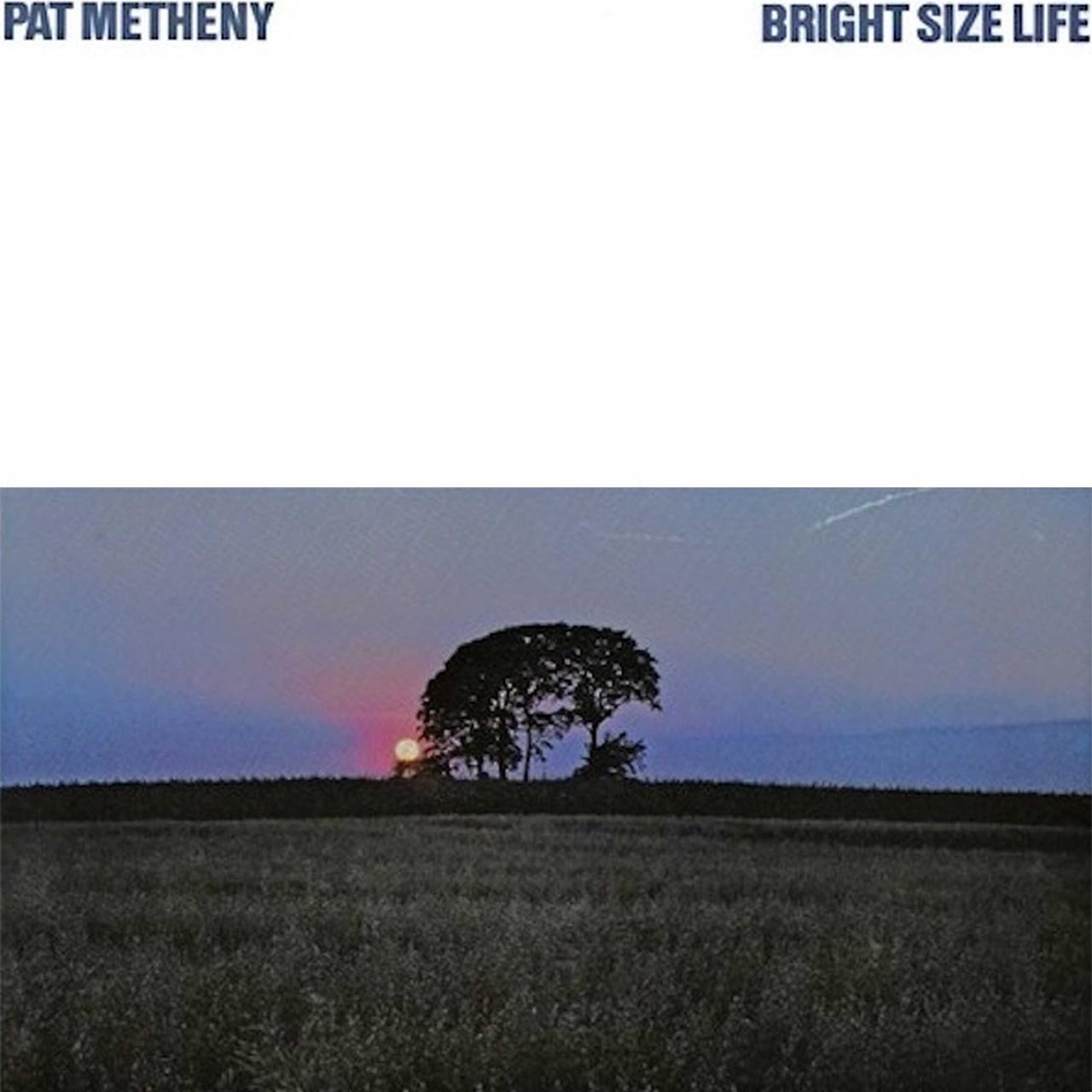The year 1976 was pivotal for Pat Metheny, a largely unknown 21-year-old guitarist from Lee’s Summit, Missouri. That’s when he released his debut album Bright Size Life via producer Manfred Eicher’s Munich-based ECM label, then a rising force in contemporary jazz. No one knew it then, but the album marked the first small step for a musician who, in the ensuing years, would earn great renown as a boundary-breaking pathfinder and whose accomplishments would include the unique feat of winning 20 Grammy Awards in ten different categories.
A precociously talented guitar prodigy profoundly influenced by jazz great Wes Montgomery, Metheny appeared on Eicher’s radar by contributing to vibraphonist Gary Burton’s ECM albums Ring (1974) and Dreams So Real (1975). The young guitarist’s blend of maturity and astounding virtuosity impressed the German producer, who invited him to record a solo album. Though greatly honored by Eicher’s offer, Metheny was initially hesitant to accept, saying in 2009, “I didn’t really feel ready to do it.”
Order Pat Metheny’s Bright Size Life on vinyl now.
Encouraged by his mentor, Burton, who worked closely with the guitarist finessing the album’s tunes and arrangements, Metheny traveled to Ludwigsburg, Germany, in December 1975 with a trio consisting of drummer Bob Moses, and an unknown 24-year-old electric bass player from Florida called Jaco Pastorius, who would later find fame with the fusion supergroup Weather Report. Metheny’s trio laid down the basic tracks live to tape on the first day before adding a few overdubs and mixing the record the next day.
Released as Bright Size Life in March 1976, the album’s opening title track was notable for the warm, invitingly mellow tone of Metheny’s guitar and the way he picked out singing melodic lines over subtly shifting harmonic changes. The guitarist highlighted different aspects of his virtuosity in a range of musical settings, from soft ethereal ballads like “Sirabhorn,” where he weaved a tapestry of delicate chords, to more urgent numbers, such as the bebop-tinged “Unquity Road.” In sharp contrast, the joyful “Omaha Celebration” melded hints of country music with Pastorius’ funky, reggae-infused, fretless bassline. The album’s finale was an intrepid Ornette Coleman medley, “Round Trip / Broadway Blues,” featuring Metheny and Pastorius’ scintillating free-flowing solos.
Surprisingly, Metheny returned from the Bright Size Life session disappointed, largely because he was highly critical of his playing. “I thought I just sucked,” he confessed to interviewer Rick Beato in 2021. “As far as I was concerned, it was a disaster.” But as time passed, Metheny’s misgivings faded, reflecting his growing appreciation for a record that he recognized as an important foundation stone in his career and which in 2021, in an official acknowledgment of its landmark stature, was chosen for preservation in the Library of Congress’ prestigious National Recording Registry.
“Even though I didn’t really play that good that particular day, there were many things about it that I felt were new territory,” Metheny explained in Richard Niles’ 2009 book, The Pat Metheny Interviews. “We felt so strongly about what we were doing as a trio that it’s been gratifying over the years to watch the complexion of that record, the way it sort of fits into the whole music scene.”
With a quietly understated brilliance combined with the natural, seemingly effortless, fluidity of its melodic ideas and harmonic concepts, Bright Size Life marked the first stage in Pat Metheny’s journey of redefining the art of jazz guitar. Though the LP paid homage to jazz’s past and the guitar trio tradition, it also offered something radically fresh and new, signposting the way to an exciting post-bop musical future that Metheny would map out, explore, and expand on further in his subsequent recordings.



